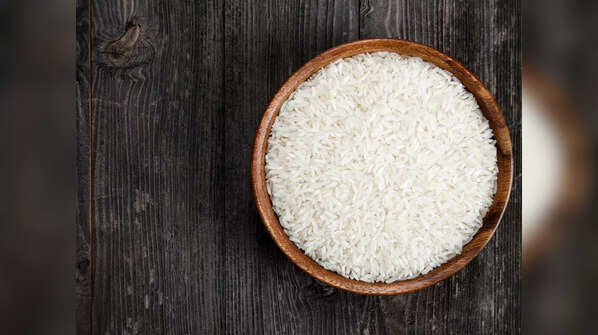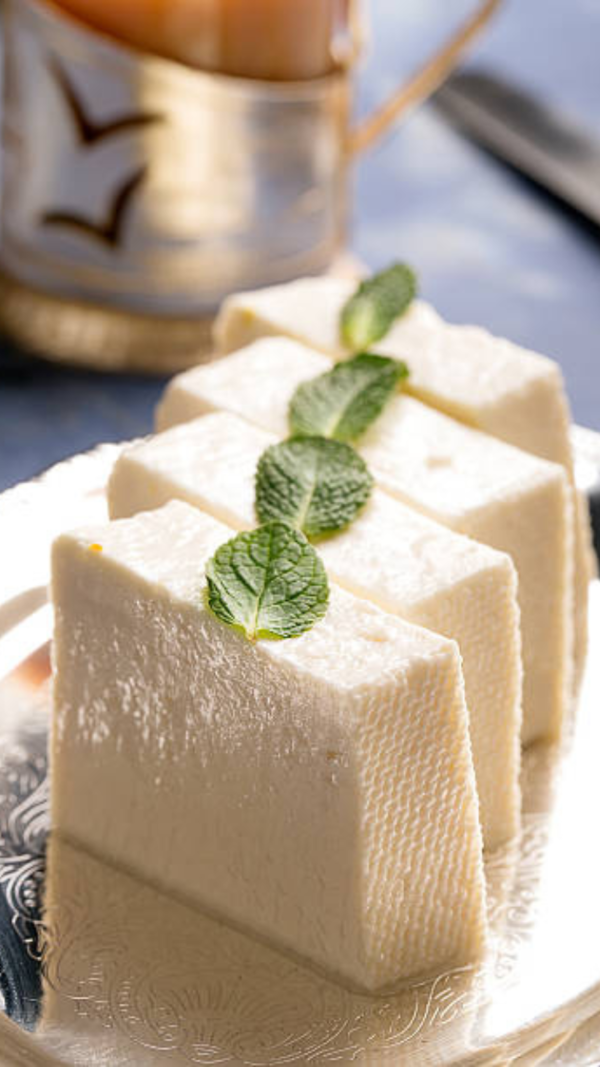10 unique varieties of rice from across India

Lesser-known rice varieties of India
Rice is a national staple of India. From biryani to kheer, rice is used in every meal across India and that is why it is called the national staple of India, which is rich in nutrients too. Did you know India is the world's second-largest producer of rice, and the largest exporter of rice in the world too. Here we have got 10 unique varieties of rice from across India and their health benefits.

Mogra Rice
This variety has a very distinct flavour and is non-glutinous. Mostly used for cooking pulao and biryani,this small-grain rice is fluffy once cooked and is often considered a budget-friendly alternative to long-grain Basmati while still offering a fragrant and flavorful experience.

Bamboo Rice
This is a unique variation and is made from dying bamboo shoots. This rare and nutritious short-grain rice tastes best when steamed and has a floral aroma. Unlike regular rice grains, bamboo rice is collected when a bamboo plant reaches the end of its life cycle and flowers. It is best used for making kheer and pulao. It is commonly found in tribal communities, especially in Kerala, Karnataka, and Tamil Nadu.

Kolam Rice
This rice is native to Maharashtra, Gujarat, and Southern India and is known for its soft texture, subtle aroma, and non-sticky nature. It is a short-grain rice which is spongy and has a floral aroma when cooked. Mostly used for Pongal, this rice has a very low glycaemic index, which makes it good for diabetic people.

Indrayani Rice
Native to western region of Maharashtra, this short-grain rice is sticky and has a sweet aroma. It is low in fat and is easy to digest. It is softer and stickier than Kolam rice, and is widely enjoyed with Varan Bhaat (dal rice) and ghee.

Jasmine Rice
While it looks similar to basmati, it has a strong aroma, which makes it perfect for Thai cuisine and it is a long-grain rice with sweet floral aroma, soft texture, and slightly sticky consistency when cooked. It is a good source of energy and is naturally gluten-free.

Red Rice
This rice variety has a nutty taste and gets the colour by its anthocyanin content. It contains high antioxidant levels that reduce free radicals. This is a whole-grain rice variety known for its reddish-brown bran layer and is rich in fiber, helps regulate blood sugar, is packed with antioxidants, and also helps lower cholesterol.

Brown Rice
Dark in colour, it is a long-grain rice with a musty smell and is low in calories. It is light on the gut and rich in minerals and vitamins. It is a whole grain rice that retains its bran layer, giving it a light brown color, chewy texture, and nutty flavor. It is best used for biryanis, pulao, and even khichdi.

Joha Rice
It is a short-grain winter paddy known for its significant aroma and noteworthy taste. As per reports, people consuming Joha rice have a low incidence of diabetes and cardiovascular diseases.This rice is rich in antioxidants, easily digestible, and is gluten-free. It is often compared to Gobindobhog rice from Bengal but has a lighter texture and unique floral scent.

Sona Masuri
Primarily used in South Indian cuisine, Sona Masuri is a lightweight and aromatic medium-grain rice which is produced by cross combination of Sona and Mahsuri. It is low in starch, rich in fiber and vitamins and is suitable for gluten-intolerant diets.

Seeraga Samba Rice
Mostly used in Tamil Nadu, it is a long-grain rice which looks similar to Cumin seeds. It is used in making Biryanis including Ambur Biryani and Dindigul Biryani. It is rich in fiber, antioxidants, and helps regulate sugar. (Images Courtesy: istock)









